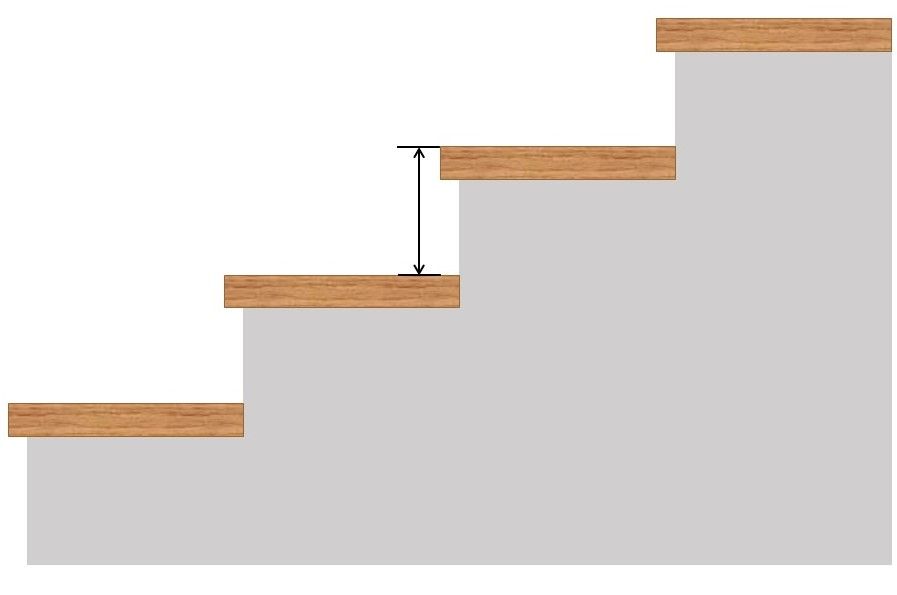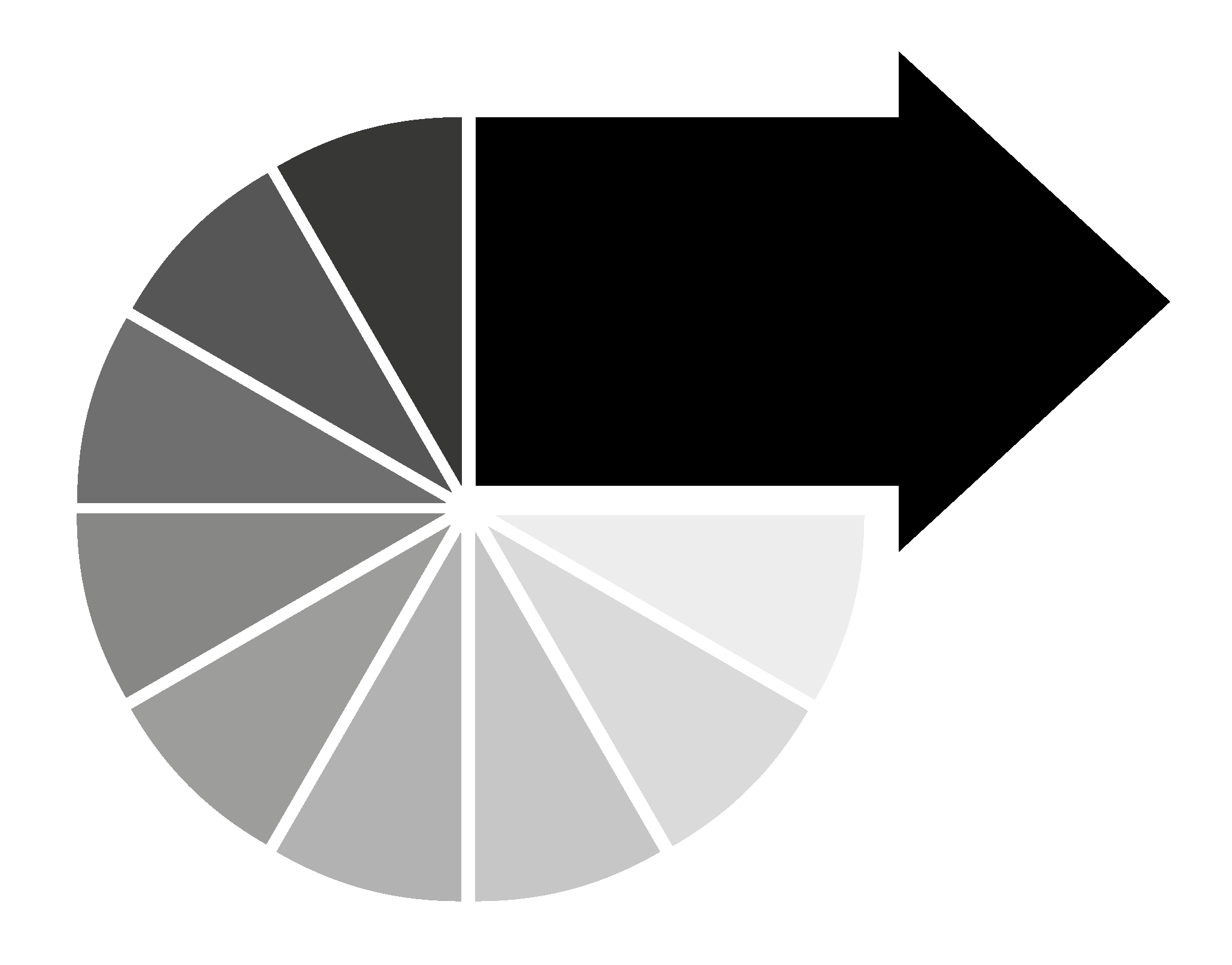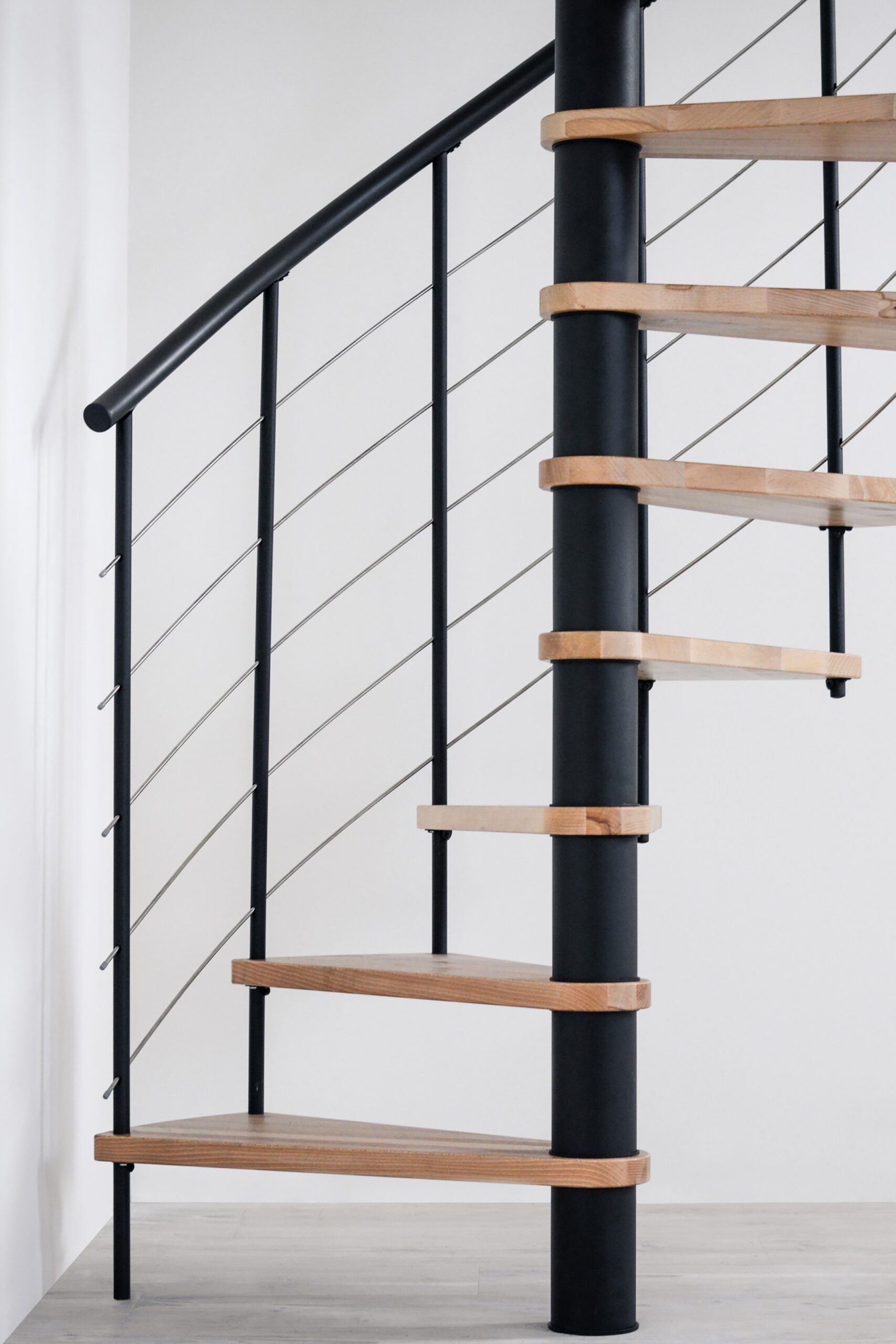Riser
A stair tread consists of a tread and a riser. The term riser refers to the vertical side of a step. On our spiral staircases, there is an empty space between the individual steps as standard. However, a metal riser can be fitted as an option on the wooden steps. This is particularly useful if small children use the stairs, which is why the riser is also known as child safety rail.


